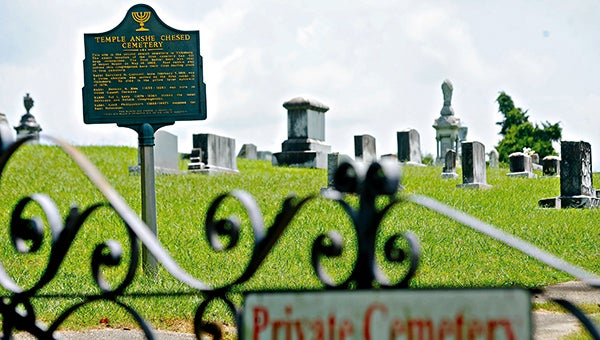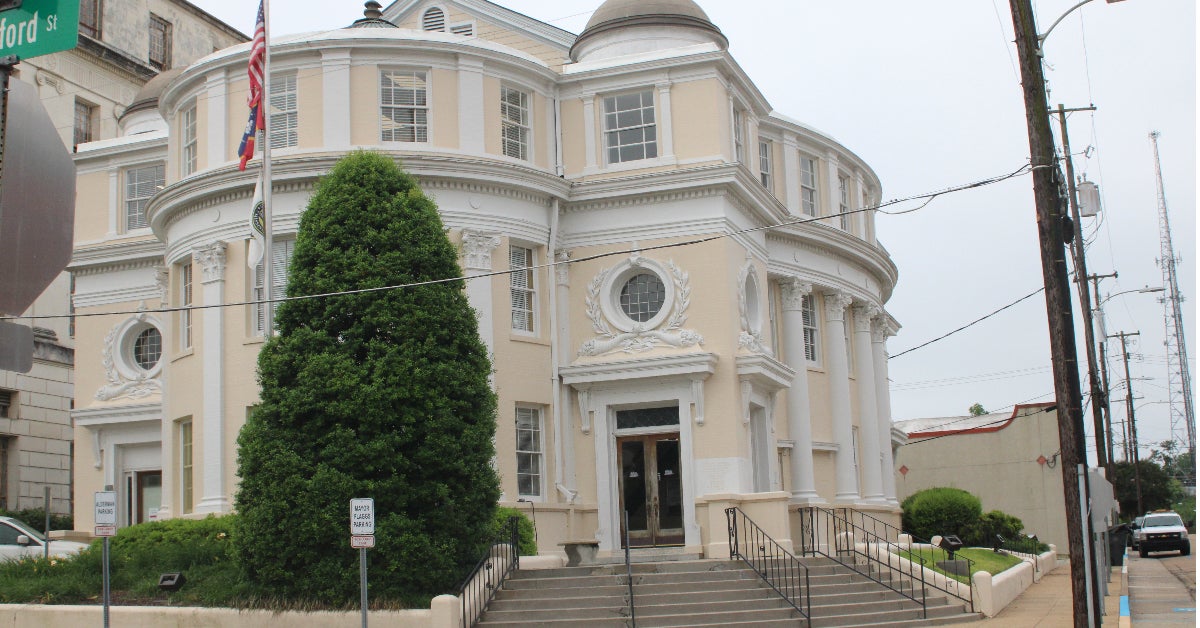As numbers fall, Jews hope to save cemetery
Published 12:00 am Saturday, July 12, 2014

Members of the Anshe Chesed Congregation are seeking landmark status for their cemetery. The designation would help provide funding for the cemetery as the congregation’s numbers dwindle.
Being listed on the National Register of Historic Places could help save a symbol of Vicksburg’s once thriving Jewish population.
The Mississippi National Register Review Board will decided Thursday if Anshe Chesed Cemetery on the east end of Grove Street should earn the designation, making the cemetery eligible for tax credits for rehabilitation and over preservation efforts.
“Anybody that might take it over … that would just be a crown. It would be a plus,” said Stan Kline, the president of Anshe Chesede Congregation.
Members of the dwindling local Jewish population say they are concerned about what will happen to the cemetery as their members enter their twilight years and their numbers continue to decline.
“There is a sufficient fund to maintain it now, but what’s going to happen in the future is worrying us to death,” said Richard Marcus, one of the longest serving members of Anshe Chesede.
The Anshe Chesede Congregation — literally translated as Men of Kindness — was organized in 1841 and is Mississippi’s second oldest Reform Jewish congregation. At its peak there were 150 to 175 families were members of the congregation.
“I could count them all on my fingers now,” Marcus said.
The congregation now has no rabbi, and weekly services are sent here from the Institute of Southern Jewish Life based in Jackson.
Vicksburg’s Jewish population thrived well into the 20th century. In 1916, the B’nai B’rith Literary Association opened at Walnut and Clay streets. It was the hub of Jewish life for resident of Mississippi and Louisiana.
So what’s happened to Vicksburg’s Jewish population?
“The kids leave. That’s what happens,” Marcus said. “There wasn’t any great Jewish presence here to begin with and they had opportunities other places.”
Despite the declining population, Anshe Chesede’s historic cemetery has thrived. It opened just after the Civil War on a plot of land already historic for the amount of suffering that occurred there.
During the Siege of Vicksburg in 1863, Confederates built the Second Texas Lunette, a crescent shaped fortification guarding Baldwin Ferry Road, on the spot that is now serenely dotted with peaceful grave markers inscribed with Hebrew.
The Confederates were hit heavy barrages of artillery, and Federals who charged the fortification were slaughtered in droves.
Among the marble stones are three giant red tablets marking the position of the lunette. At the eastern edge of the cemetery is a rectangular hunk of stone marking where Union Sgt. Thomas J. Higgins’ actions earned him the Medal of Honor during one assault.
The congregation purchased the land shortly after the war, and on May 16, 1865, Meyer Meyer became the first person buried in Vicksburg’s second Jewish cemetery. The location of Vicksburg’s first Jewish cemetery is lost to history.
Perhaps the most notable burials in Anshe Chesede is Rabbi Bernhard H. Gotthelf, a Civil War chaplain in the Union army. Gotthelf, who was born in Germany, was the second officially appointed chaplain in U.S. history.
He served as the first rabbi in Vicksburg and died of yellow fever in 1878. The simple inscription on his tombstone reads “a wise teacher, a faithful minister, a devoted father and a good man.”
“I think that’s just great history,” Kline said of Gotthelf.
Other notable burials in the cemetery include two children — Harlan Fried and Kay Warren — who were killed in the 1953 Vicksburg tornado, Joseph Bazsinksy whose grant home on Monroe Street is now a bed and breakfast and Lee Kuhn whose bequest of $400,000 in 1953 built Kuhn Memorial Hospital.
The cemetery is still open for burial. The most recent burial was Robert Emmich on June 27.





